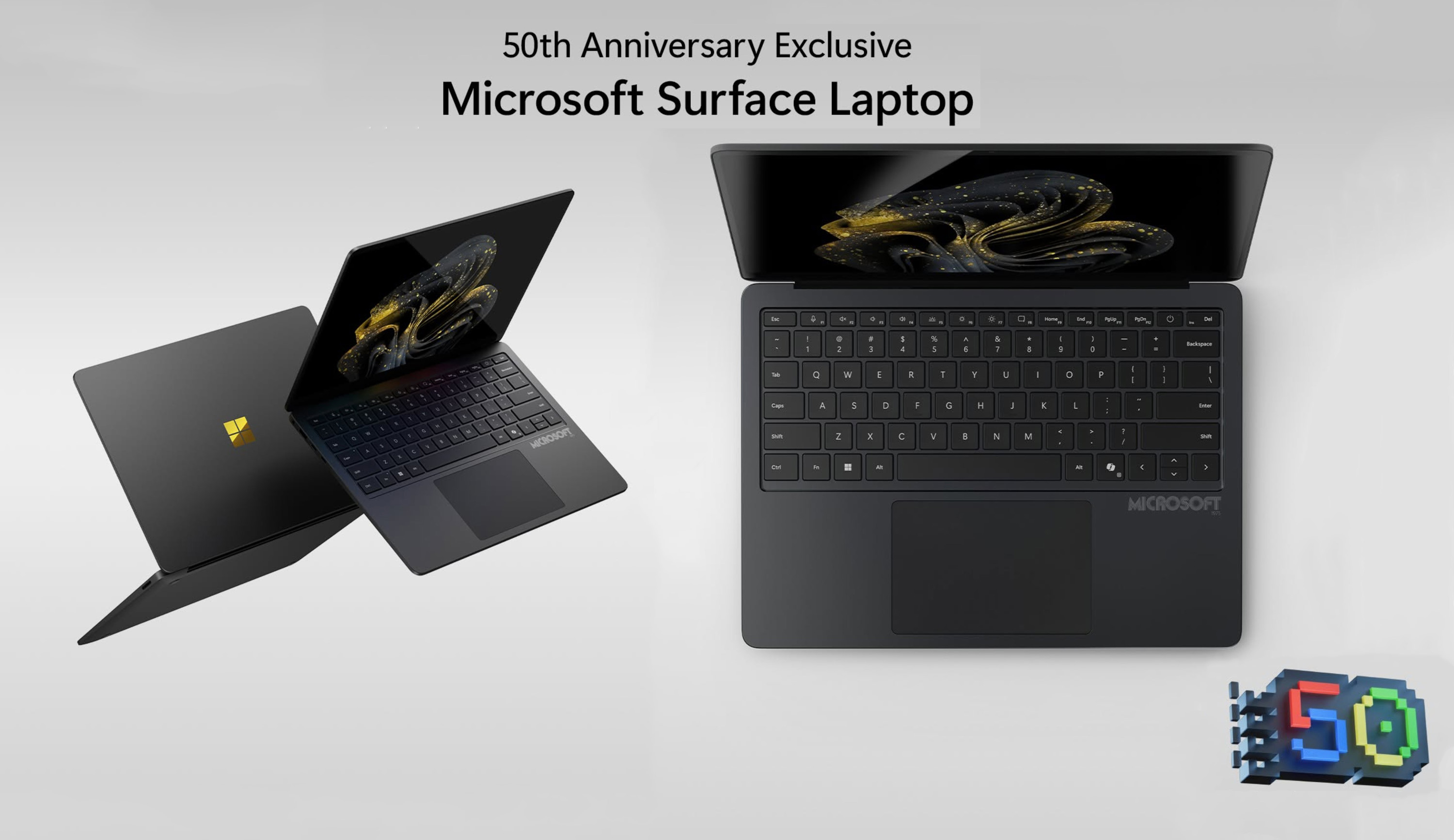The Microsoft Store has changed into a home for powerful apps
The Microsoft Store has transitioned into a destination for powerful apps, with many big names coming in 2017.
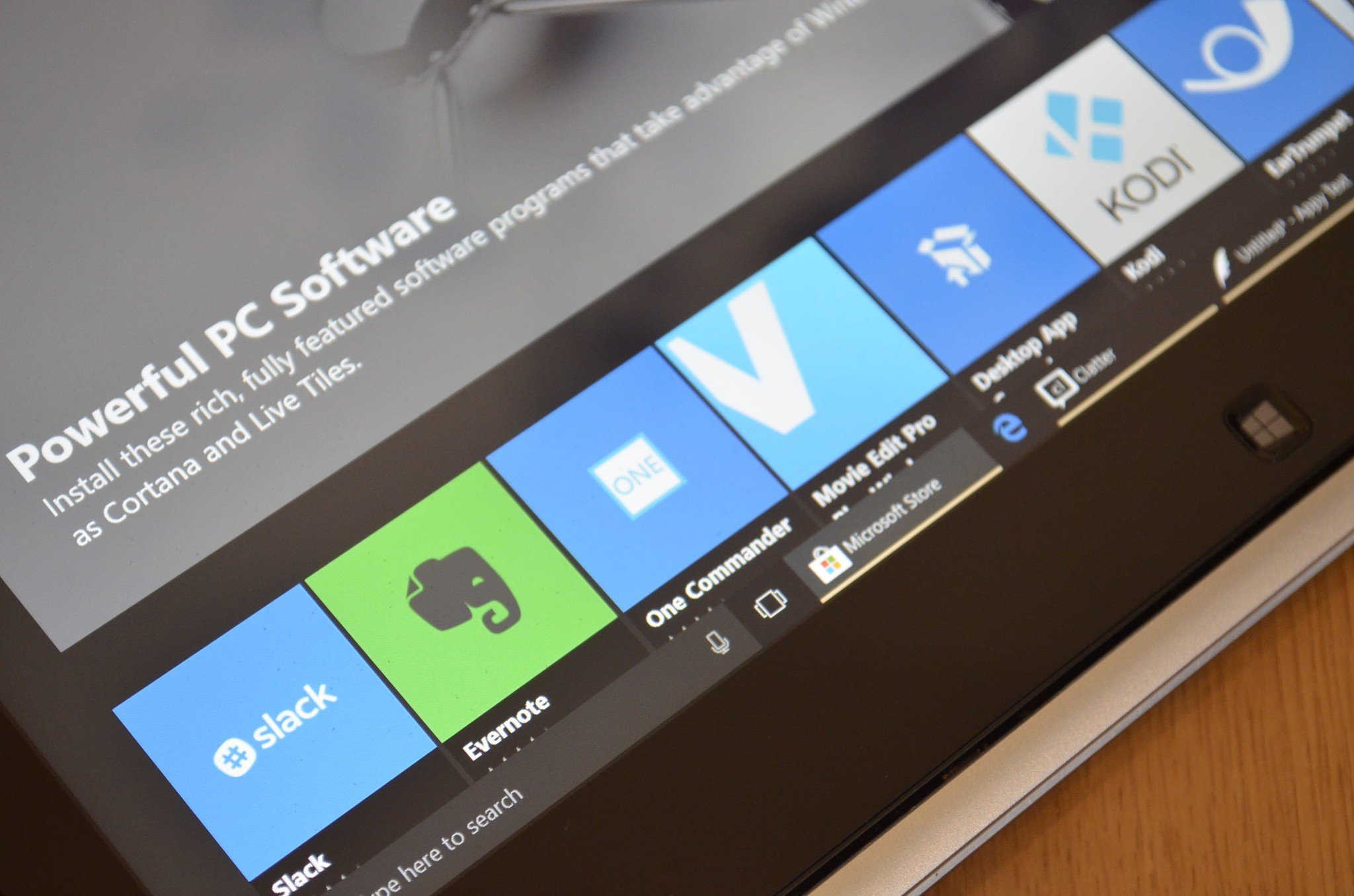
The Microsoft Store was once a second thought for many users on Windows 10, but in 2017 the store has transformed. Big name companies are bringing their apps to the store, and powerful apps are populating it. This transition is thanks to a continued effort by Microsoft to make bringing apps to the Microsoft Store more accessible as well as developers seeing value in bringing their apps to Windows 10.
The Microsoft Store, or Windows Store before its name change, has always had a set of dedicated developers. And these developers are still a core part of the community and Windows 10 experience, filling in the gaps big companies won't and creating their own impressive apps. But the addition of well-recognized powerful apps brings an additional boost to store, greatly improving its viability as a platform.
Big Names
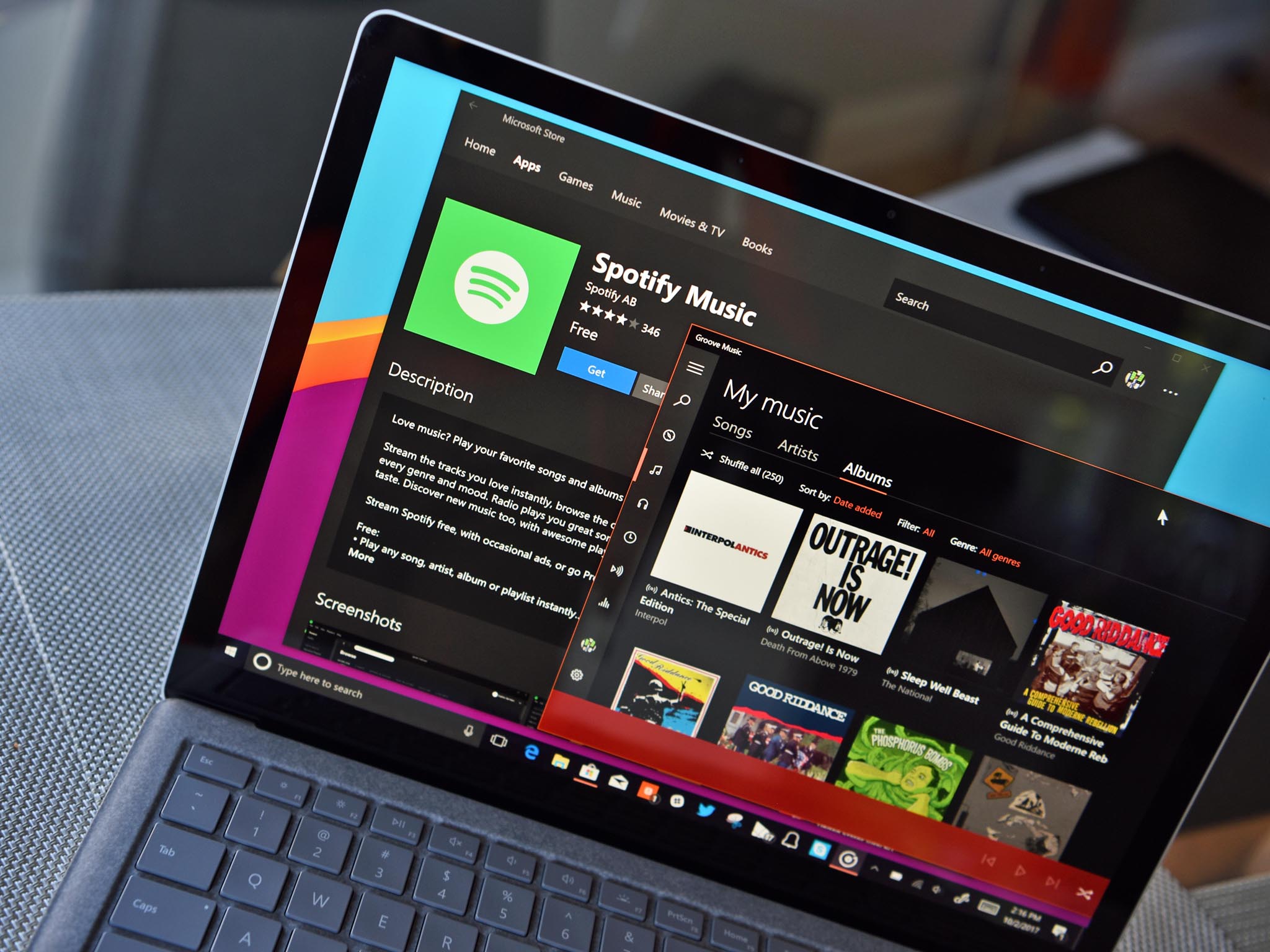
Today, many users go to apps and services they are familiar with. Even if another app or a third-party client does the job as well, or even better, than a well-recognized app, people will search for the name they know. This makes apps that people recognize a core element to the store, and in 2017 some of the most important apps that were missing from the Microsoft Store arrived.
The most recognizable is Spotify. The massive music streaming service is so popular that companies like Apple are trying to play catch up. Spotify coming to the Microsoft Store helps legitimize the platform, making it a more desirable destination for more companies and developers. Even though Groove Music was a good app, before Microsoft decided to gut it, Spotify being available on Windows 10 is more important than Groove Music.
Spotify is a big name in the eyes of the general public but the Microsoft Store has also gained apps that are big names within their respective fields. Evernote jumped on board, Photoshop Elements, Paint.net, Affinity Photo and designer are available for creators, dJay Pro, MuseScore, and Staffpad are available for musicians, and Slack became available for workplaces to communicate online. These apps aren't just good at what they do, they're some of the biggest names in their industries and will be some of the first things that people search for when opening an app store.
Bridging the gap
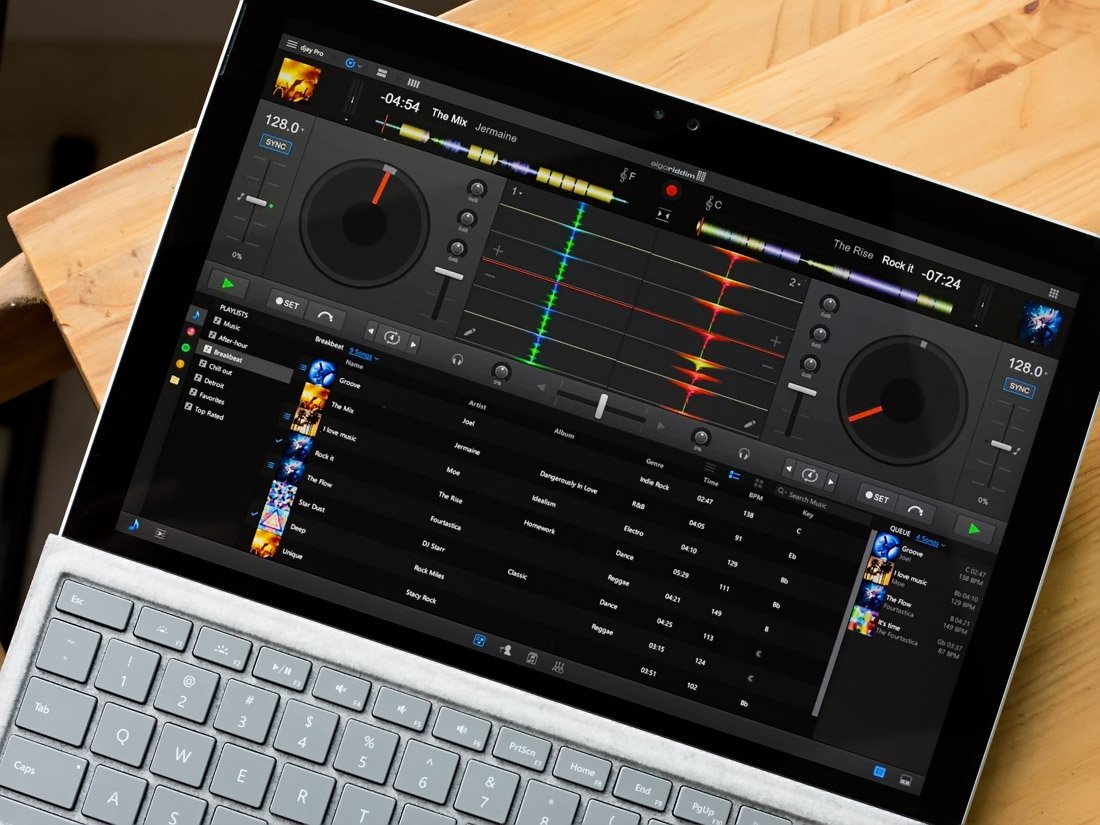
Microsoft has a number of projects that help developers port code from other platforms. These allow companies that have invested resources making their programs and apps work on older versions of Windows and other platforms like iOS to bring their apps to the Microsoft Store with significantly less effort. The store having these apps has led to confusion over what UWP actually means but the benefit is that more apps are in the Microsoft Store.
Project Centennial, the bridge that allows you to bring over traditional Windows programs into the Microsoft Store, has been especially successful. These apps are already recognized and used by PC users but now can be purchased or downloaded safely through the Microsoft Store. In fact, many of the most powerful apps in the Microsoft Store come from this bridge including Evernote, Slack, Spotify, and Affinity Photo.
Get the Windows Central Newsletter
All the latest news, reviews, and guides for Windows and Xbox diehards.
Fewer apps come using Project Islandwood, which allows developers to use code from their iOS apps, but dJay Pro shows that it is possible to create a beautiful and powerful Windows 10 app using this bridge.
And if developed want to, they can use these bridges to do more than just port over the same experience. They can use the bridge to get the base of their app into the Microsoft Store and build on top of it. Djay Pro does this very well as it is optimized for the Surface Studio and works with peripherals exclusive to Windows 10 such as the Surface Dial.
Creators
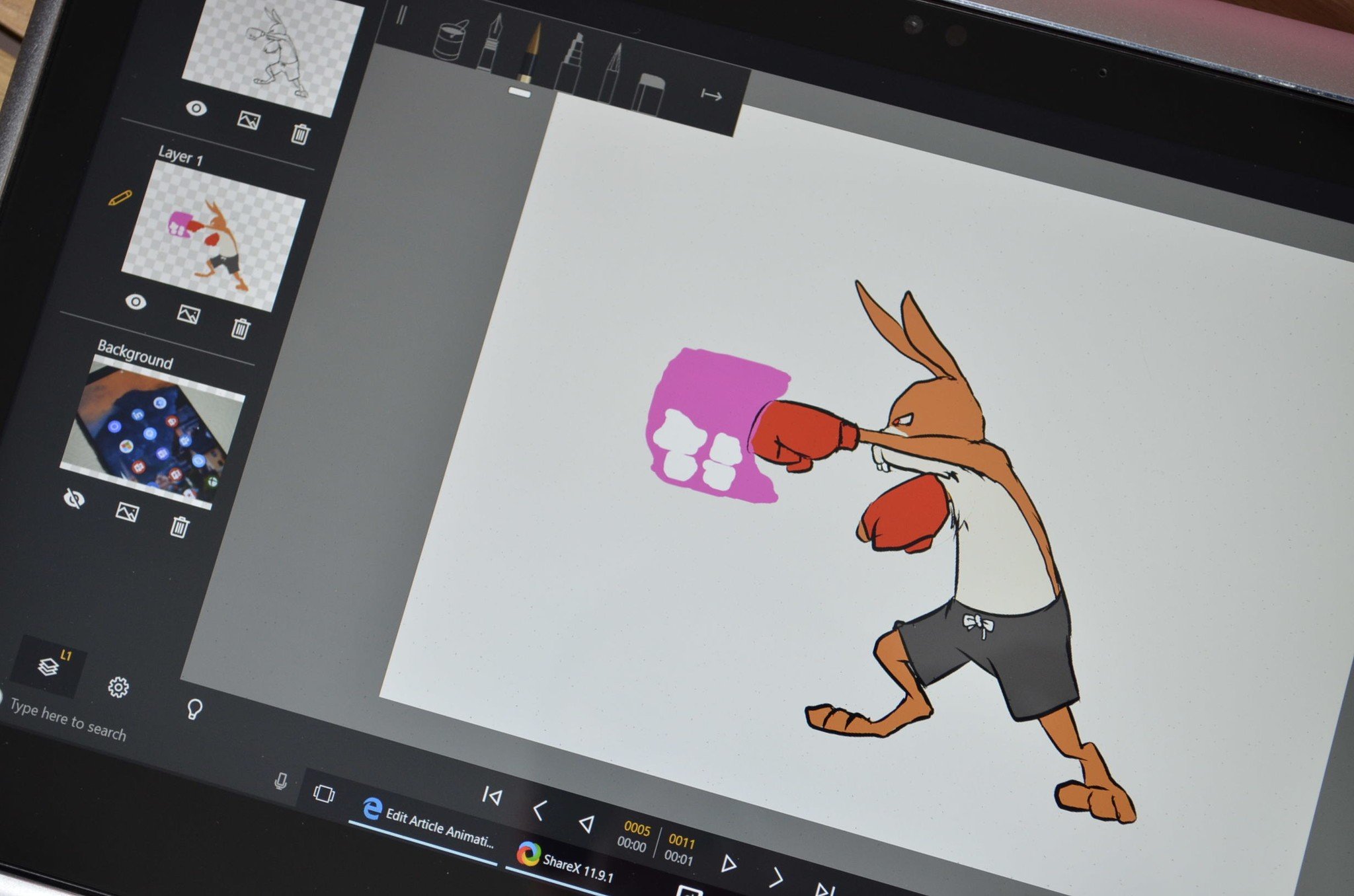
Microsoft has made an effort to lure creators to its platform, naming two major Windows 10 updates after them, and that focus seems to be paying off. The makers of many creative apps brought their apps to the Microsoft Store this year making Windows 10 devices a more viable choice for content makers.
The Microsoft Store has seen an influx of apps for a variety of types of creation and art. Photo editors can use Photoshop Elements, Paint.net, and Affinity Photo. Musicians can use Staffpad and Musescore. Animators have Animation Desk, and digital artists have Krita. These aren't the only apps available in these categories but are solid examples of apps being available for a wide variety of content creation.
PC games
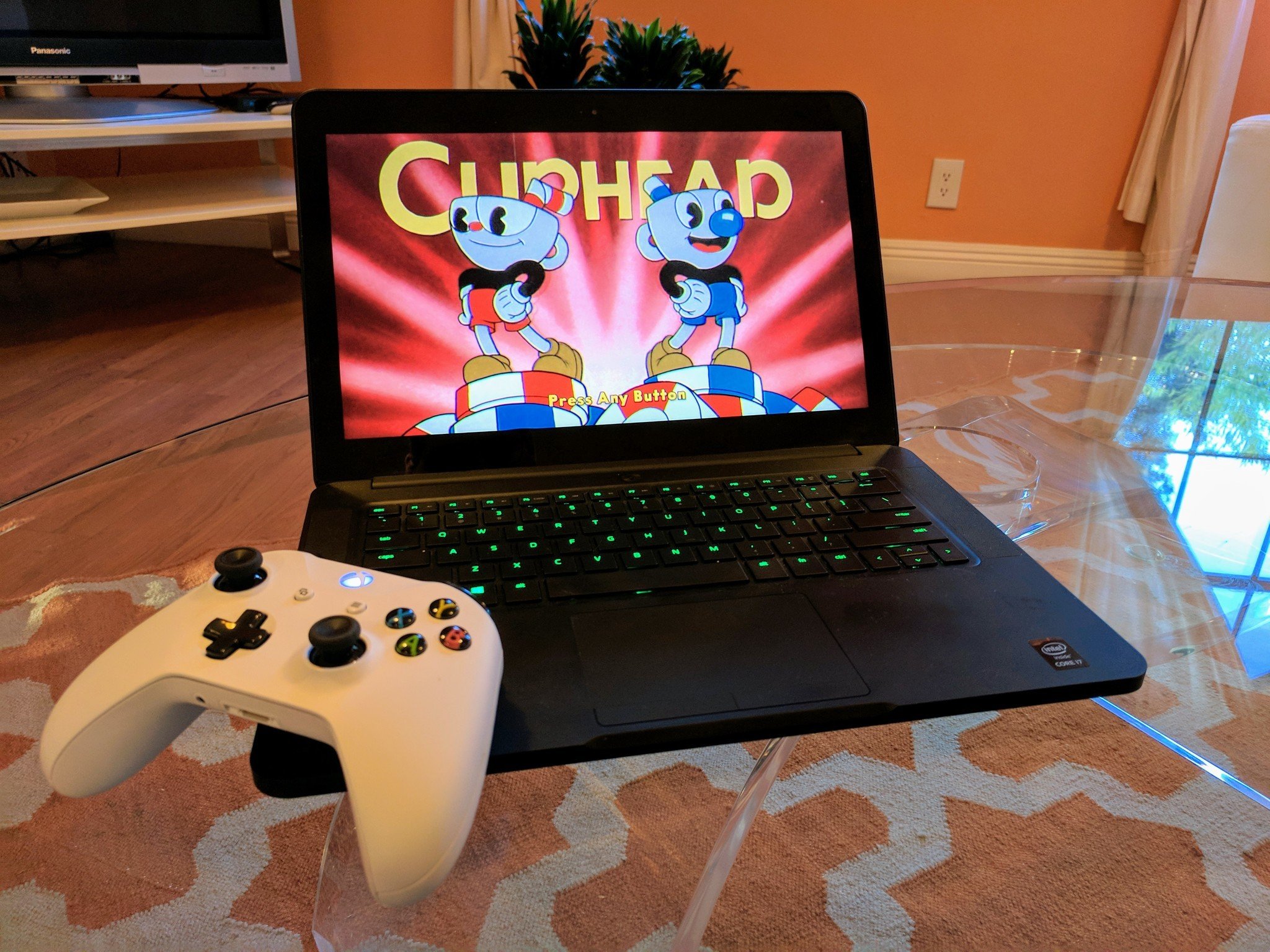
The Microsoft Store hosts other content than apps including movies and games. Games arriving in the Microsoft Store this year could warrant its own article, but it's worth mentioning that game developers are also beginning to see the Microsoft Store in a better light. More games support Play Anywhere than ever, and more companies are bringing their games to the Microsoft Store.
State of the store
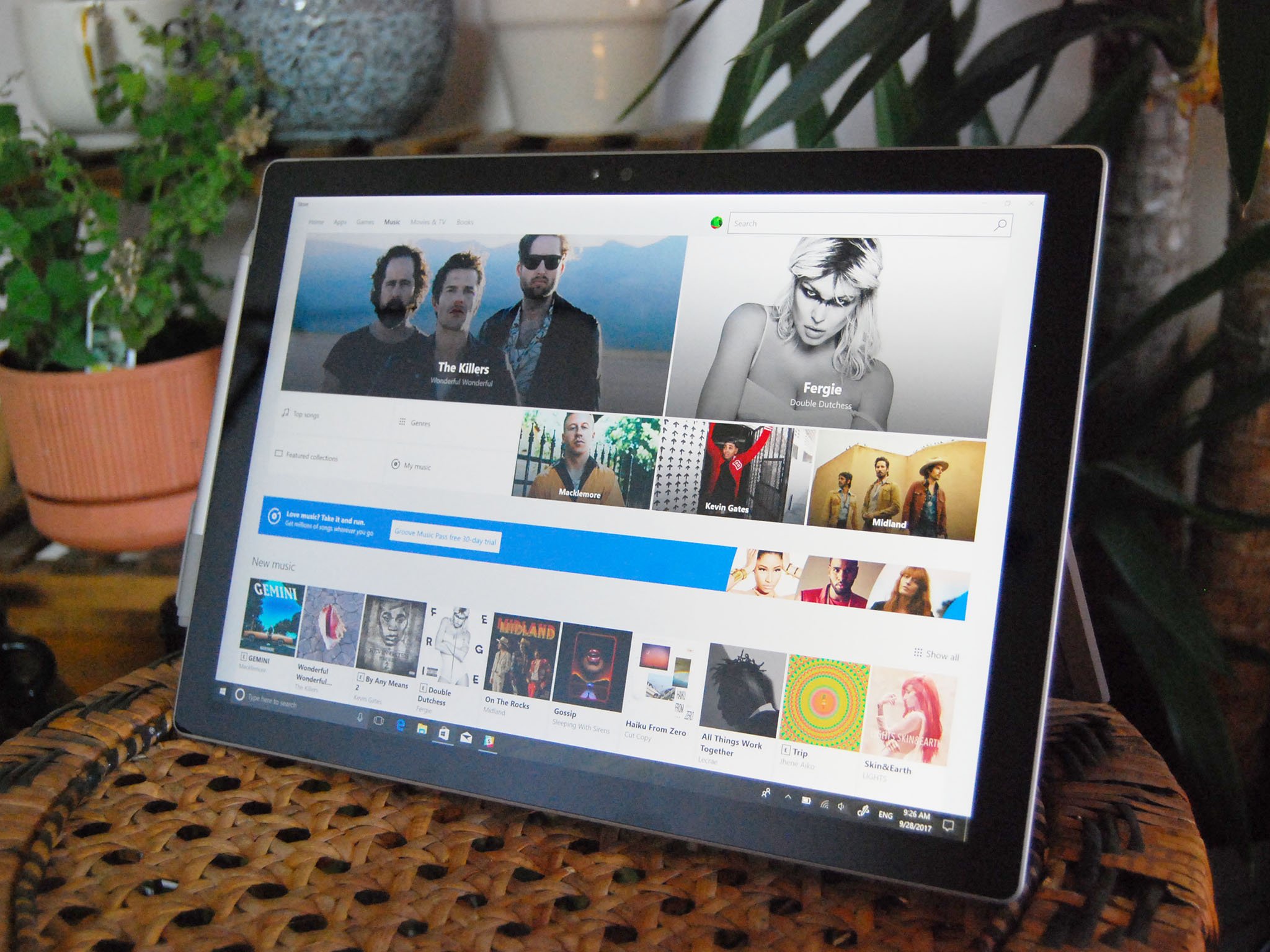
The Microsoft Store has transitioned very well in 2017. Microsoft's bridges are gaining traction with developers and the store as a whole is being viewed more positively. Specifically, the makers of powerful PC software have jumped on board to the Microsoft Store. This shows great promise for the platform and Windows 10 S which is restricted to apps from the Microsoft Store.
This doesn't mean that the app gap is completely closed or that there isn't work to do by both Microsoft and developers, but it is a very positive trend. The reputation of the Microsoft Store is like a rolling snowball, the more powerful and diverse apps arrive, the more other developers will want to bring their software to it.
Do you think the Microsoft Store has turned a corner and become a destination for powerful apps? Let us know in the comments below.

Sean Endicott is a tech journalist at Windows Central, specializing in Windows, Microsoft software, AI, and PCs. He's covered major launches, from Windows 10 and 11 to the rise of AI tools like ChatGPT. Sean's journey began with the Lumia 740, leading to strong ties with app developers. Outside writing, he coaches American football, utilizing Microsoft services to manage his team. He studied broadcast journalism at Nottingham Trent University and is active on X @SeanEndicott_ and Threads @sean_endicott_.
